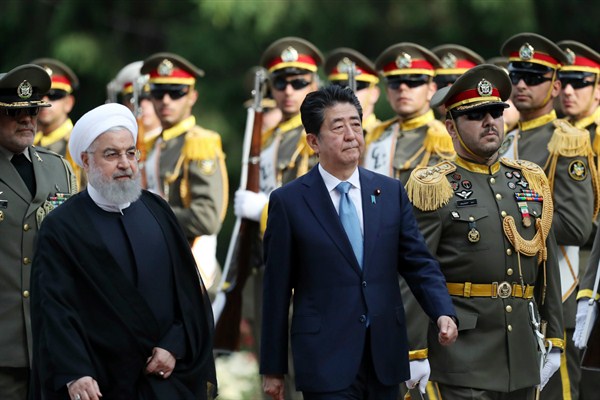In March 1953, the Japanese oil tanker Nissho Maru set sail from Kobe, in western Japan, bound for the Iranian port of Abadan. Its mission—to transport a shipment of Iranian oil back to Japan—was risky. Two years earlier, Iran’s government had nationalized the Iranian assets of the Anglo-Iranian Oil Company, which would later become British Petroleum. The British had responded with economic sanctions and a naval blockade, threatening to seize any vessel involved in the transshipment of Iranian oil.
With limited trading options, the Iranians were desperate for buyers. Sazo Idemitsu, the founder and president of the oil company Idemitsu Kosan, saw an opportunity. After careful negotiations with Iranian officials, he dispatched the Nissho Maru to Abadan, on a secret mission to secure a shipment of discounted oil. After successfully evading the British navy, the Nissho Maru docked in the Japanese port city of Kawasaki in May 1953, carrying roughly 5,800 gallons of gasoline and diesel oil. In Iran, the gambit was hailed as a brave and defiant act of solidarity from a fellow non-Western state. It was also a morale-booster for Japan, which was just regaining its footing as an independent nation following the Allied occupation after World War II.
The Nissho Maru incident was back on the minds of some officials in Tehran last week, as Shinzo Abe became the first sitting Japanese prime minister to visit Iran in more than 40 years. The occasion also marked the 90th anniversary of Japan and Iran establishing diplomatic relations, which have remained cordial over the intervening decades. But Abe’s mission was far more complicated than a simple celebration of Japanese-Iranian ties. His goal was to deescalate increasingly high tensions between Iran and the United States, which has imposed punishing economic sanctions on Tehran. One Iranian official even told the Asahi Shimbun, a leading Japanese newspaper, that he hoped Abe’s visit would be “a second Nissho Maru.”

